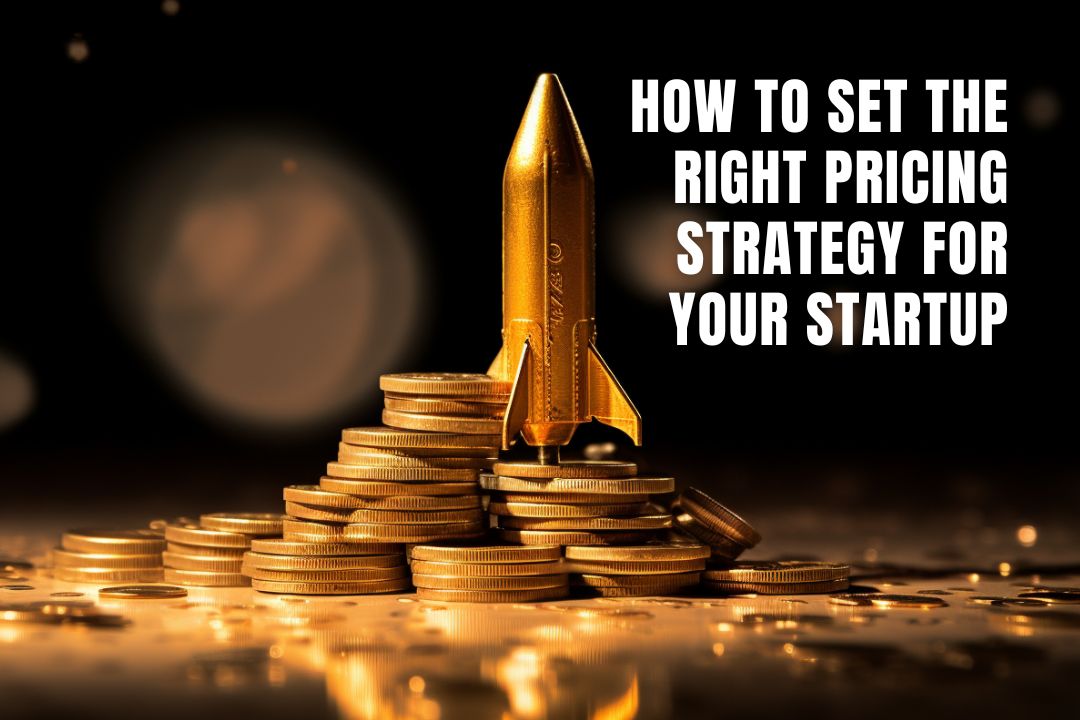
Launching a startup is tough enough. Setting the right price for your product or service can feel like walking around a maze to be honest. I've been there, trust me.
During the last decade, while looking for my own answers on startup pricing, I've often turned to various how-to guides to gain insights. In fact, on my own blog, I delve deep into how-tos across various industries and niches. If you're ever in need of a step-by-step guide on just about anything, feel free to check it out.
Anyway, from the sleepless nights wondering if I was charging too much or too little, to the thrill of seeing how a minor price tweak could dramatically boost sales, I had my work cut out for me. Volume sales vs high price sales.
I'll share some personal insights and strategies I've learned along the way, hoping to shed some light on this crucial aspect of your business.
Setting the right price for a product or service can be a challenging task for any startup. For mobile app-based startups in the B2C sector, the Freemium model often stands out. It offers basic features for free, charging for the premium ones. In-app purchases can also be lucrative, especially in gaming apps. Then there's the subscription model, ideal for apps that offer ongoing value. On the B2B side, tiered pricing, licensing, and custom solutions often make the most sense.
For web/desktop startups targeting consumers (B2C), options range from a one-time purchase to a subscription model or even an ad-supported approach. For B2B, the SaaS subscription model, such as Younium, is most common, but enterprise solutions and licensing can also be effective, depending on the product.
Pricing doesn't just influence revenue; it impacts startup valuation. A well-thought-out pricing strategy can attract investors, as it reflects the potential and growth of the business. Adjusting pricing can tell a compelling story to stakeholders, emphasising the startup's adaptability and market understanding.
Expanding globally introduces another layer of complexity: country-based pricing. Some companies, like Netflix, adjust their prices based on what each country's audience can afford. Then there's the McDonald's Big Mac Index, a unique way to gauge the purchasing power of different countries. It's essential to remember that pricing isn't just about currency conversion; understanding local competition, economic conditions, and cultural values is crucial.
A short example for this would be India. Credit cards are so rare there, for online payments. They have their own payment system(s) (Google Pay and PhonePE being the main ones). The pricing for India is usually much lower. If you don't price it at Tier 3, you'll most likely never have meaningful sales since nobody can afford your product. (Tier 3 usually means 10X lower vs US/Tier 1).
Especially for mobile-first products, you’ll definitely need to price your app in both main stores. After quite a few years of marketing and selling mobile products within both the App Store and Google Play, here’s my own formula and strategy (taking into account volume and opportunities) for deciding which countries fit in which Tier:
Tier 1:
Tier 3:
If you add up the population of just the Tier 3 countries mentioned above, that’s 2.6 Billion people. Lots to lose, by overpricing them.
Tier 2:
Experimentation is key. For instance, when I first set a price for an app, subsequent A/B testing revealed that a slight price adjustment could significantly impact sales. App stores, like the App Store and Google Play, offer built-in tools for such tests. Well, not necessarily built in (even though Google Play recently launched a pricing A/B feature), but you have easy options to test the pricing (different subscriptions, use Amplitude or Firebase to set up A/Bs, etc).
On the web, tools like Optimizely can assist with Split URL Testing. Time-bound offers or discounts can also provide valuable insights into customer behaviour.
Effective pricing requires the right tools. Platforms like Price Intelligently offer insights into market demand and competitor prices. For feedback and A/B testing, tools like Hotjar or UserTesting can be invaluable.
If you need more data for mobile, for example, you can always use SensorTower, AppTweak or other tools, for app intelligence.
With the right strategies and a bit of trial and error, finding the optimal price point becomes more manageable.
Related Articles: